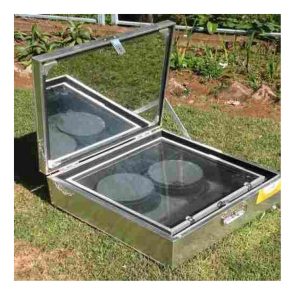Table of Contents
Activity 14.6 NCERT Class 10 Science, Sources of Energy
Brief procedure:
Activity 14.6 asks us to analyze the structure of a solar cooker and discuss its advantages and limitations.


A solar cooker utilizes the energy sunlight to cook the food. So, it is designed to absorb maximum light and reflect less.
For this a solar cooker consists of the following components:
a. A black coloured box to absorb more heat and reflect less.
b. A glass shield: A mechanism to trap the heat and do not let them escape.
c. A reflecting mirror to increase the light intensity.
Advantages:
Cheap: It incurs the only set-up cost.
Easy to use: We can use it anywhere like on the roof, ground etc. The operation is simple and does not require technical knowledge.
Disadvantages:
Climatic conditions: the Biggest limiting factor for a solar cooker is that we can not operate in every weather conditions. In winter there is no sufficient light and even in summer, there can be clouds and rain, which hampers the cooking process.
Bulky: A solar cooker is a bulky appliance. To change its position and place we need a lot of manpower.
Previous: Experiment with Black painted beaker to show black absorbs more heat. Activity 14.5.